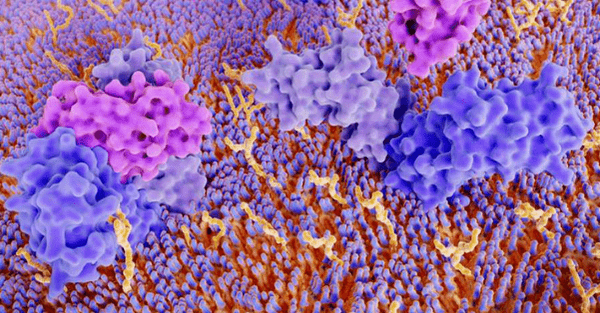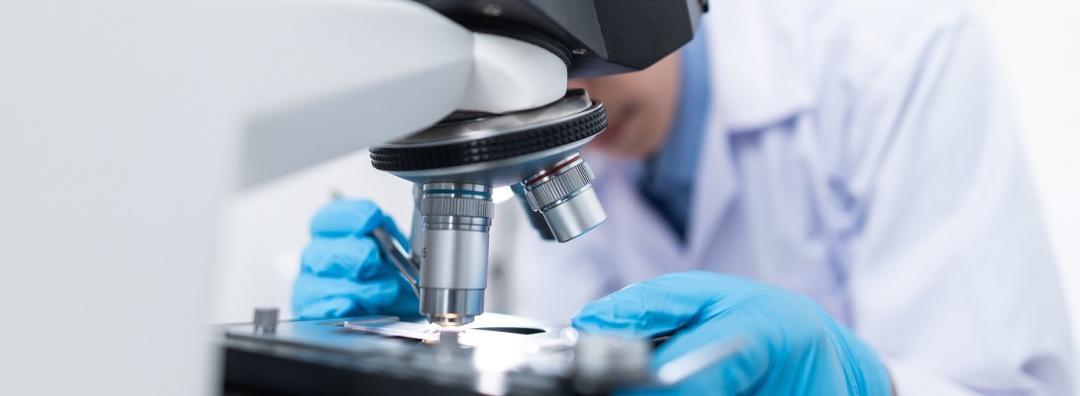Researchers working at the Swiss Federal Institute of Technology in Zurich (ETH) have developed a new method to measure and ascertain the way in which proteins are organized on the surface of cells. Since these surface molecules communicate with other cells and can also perform important cell functions, precise knowledge of their distribution can enable researchers to draw conclusions with regard to the effect of certain therapies on both healthy and diseased cells. These findings could, in turn, lead to the development of novel cancer drugs.

“Proteins aren’t simply distributed evenly and independently of one another across the cell’s surface; instead, they’re organized into molecular communities. In these communities, proteins often work together to fulfil cellular functions”, comments Bernd Wollscheid in a press release issued by ETH Zurich. Wollscheid is a professor at the Institute of Translational Medicine at ETH Zurich and has conducted research into the new method in conjunction with a large interdisciplinary team. Maik Müller, a doctoral student under the guidance of Wollscheid, has developed a technology via which the organization of cell surface molecules can be determined.
Modern cancer drugs often combine a cell-killing agent with an antibody that recognizes a surface molecule found in significant quantities on cancer cells, ETH Zurich writes in the press release. In this way, cancer cells are destroyed in a rather targeted, specific manner. Owing to the fact that many of these cancer-typical surface molecules are also found in lower concentrations in healthy cells, such drugs also kill some healthy cells. If it were to turn out that two particular molecules are only found next to each other in a diseased cell, but not in a healthy cell, researchers could then develop drugs that recognize these two molecules in tandem. This would subsequently ensure that only diseased cells are killed off.
Moreover, both viruses and drugs could be tested using this approach. “In this way, the new method can help to understand how drugs work and how viruses or immune cells recognize other cells”, explains ETH doctoral student Maik Müller.
Life sciences
Life sciences
Do you want to be close to major players, innovative start-ups and leading research institutes in the life sciences space? The Greater Zurich Area has evolved into a dynamically expanding life sciences hotspot, thanks to the region’s academic excellence, business-friendly regulations, IP protection, large international talent pool and R&D collaborations between universities and start-ups, as well as large multinational corporations.

Related news
Contact us
Can we put you in touch with a peer company or research institute? Do you need any information regarding your strategic expansion to Switzerland's technology and business center?
info@greaterzuricharea.com